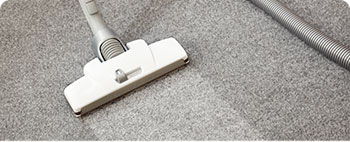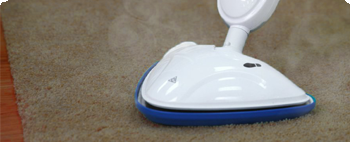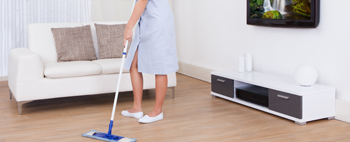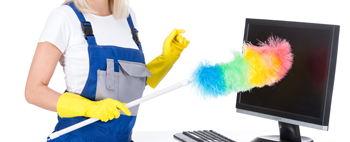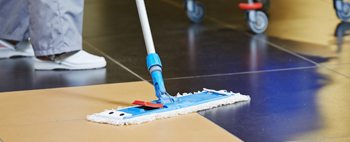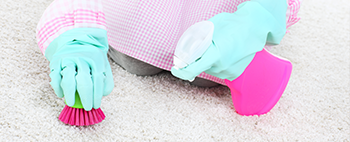Master the Art of Maintaining a Mold-Free Bathroom
Posted on 22/08/2025
Master the Art of Maintaining a Mold-Free Bathroom: Your Ultimate Guide
Have you ever entered your bathroom and been greeted by a musty odor, or worse, caught sight of dark spots in the corners of your shower? Mold and mildew are unwelcome guests in millions of homes, thriving in the very places you go to get clean. Maintaining a mold-free bathroom is an art--and anyone can learn it! This comprehensive guide will share every trick, expert tip, and product recommendation you'll need to master the art of keeping your bathroom free of mold. Say goodbye to scrubbing unsightly patches and hello to a sparkling, healthy bathroom.
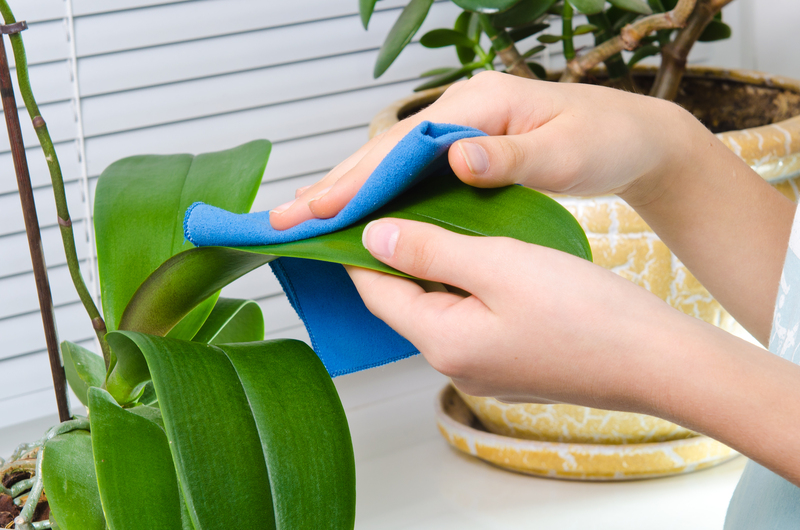
Why Is Preventing Bathroom Mold So Important?
Mold is more than just a cosmetic issue. It's a health hazard, especially for those with allergies or respiratory conditions. Mold spores can travel through the air, trigger asthma attacks, and irritate skin, eyes, and the respiratory tract. Mold also damages walls, ceilings, and fixtures--potentially leading to costly repairs. By learning how to keep your bathroom mold-free, you protect your family's health and your home's value.
Common Types of Bathroom Mold
- Aspergillus: Frequently found on walls and ceilings.
- Cladosporium: Prefers damp carpets and wooden surfaces.
- Stachybotrys (Black Mold): Develops in areas that are constantly wet.
Each type of mold has its own dangers, but all thrive in warm, damp environments--your bathroom is the perfect breeding ground. That's why regular bathroom maintenance is vital.
Understanding How Mold Grows in Bathrooms
Mold needs four ingredients to thrive:
- Moisture (from showers, baths, or leaks)
- Warmth
- A food source (such as cellulose in drywall, dust, or soap scum)
- Poor ventilation
When you understand these conditions, the path to preventing bathroom mold becomes clear: reduce moisture, boost air flow, and clean regularly. Let's discover how!
Essential Steps to Maintain a Mold-Free Bathroom
1. Ensure Optimal Ventilation
Proper air circulation is your first and best defense against bathroom mold. Mold spores flourish in humid, still air.
- Install a powerful exhaust fan: Use it during and after showers for at least 30 minutes to remove excess moisture.
- Open windows: If your bathroom has them, let fresh air in regularly.
- Leave the door slightly open: This allows humid air to escape.
- Consider a dehumidifier: In persistently damp climates, this can dramatically lower airborne moisture.
2. Control Humidity
Maintaining low humidity is crucial for a mold-free bathroom environment.
- Keep indoor humidity under 50%. Use a quality digital hygrometer for accuracy.
- Fix leaky faucets, shower doors, and pipes promptly.
- Use moisture-absorbing products like silica gel, DampRid, or natural charcoal bags in problem areas.
3. Keep All Surfaces Dry
After each use, take the time to wipe down your shower, tub, and sink. Mold grows in as little as 24-48 hours on wet surfaces!
- Use a squeegee on walls and shower doors after every use.
- Hang bath mats and towels to dry fully. Never pile damp laundry in the bathroom corner.
- Check behind and under sinks, toilets, and tubs for moisture build-up.
4. Clean Showers, Tubs, and Tiles Weekly
Consistent cleaning prevents mold and mildew before they start.
- Use mold-inhibiting sprays or make a homemade solution with vinegar (half vinegar, half water) for a chemical-free method.
- Pay close attention to grout lines and caulking, where mold often starts.
- Replace damaged grout and cracked caulk as soon as possible to stop mold from gaining a foothold.
5. Upgrade to Mold-Resistant Materials
During remodels or repairs, opt for mold-resistant options:
- Mold-resistant paint: Especially for ceilings and walls prone to condensation.
- Mold-proof drywall and backer board: Ideal for new construction or renovations.
- Non-porous tiles and shower surrounds: These are far less likely to harbor mold than stone and untreated wood.
6. Check for Hidden Leaks Regularly
- Inspect under sinks, behind toilets, and around tubs frequently.
- Check ceilings below bathrooms for signs of water staining--hidden leaks often encourage mold in unseen places!
7. Minimize Clutter
Shampoo bottles, loofahs, toys, and sponges collect water and provide a food source for mold.
- Reduce items in the shower to essentials, and store them on open shelves rather than in corners.
- Clean or replace shower accessories regularly--at least every few weeks.
Natural and Chemical Solutions for Mold Prevention
Homemade Anti-Mold Sprays
- Vinegar spray: White vinegar kills up to 82% of mold species. Just fill a spray bottle and apply to vulnerable surfaces weekly.
- Baking soda solution: Mix with water for a mild abrasive that both cleans and deodorizes tiles.
- Tea tree oil spray: Add 1 teaspoon to a cup of water for a natural antifungal boost.
Store-Bought Mold Fighters
- Mold and mildew removers: These target heavy infestations quickly; follow the manufacturer's safety instructions.
- Mold-resistant sprays: Apply after cleaning to create a protective barrier.
Tip: Avoid using bleach on porous surfaces--it doesn't penetrate and may just lighten the mold while leaving roots behind.
What to Do If You Spot Mold in Your Bathroom
Immediate Response: Steps to Remove Mold
- Wear protective gear: Gloves, a mask, and goggles are essential--never touch mold with bare hands.
- Ventilate: Open windows and switch on fans to reduce spore spread.
- Clean with your chosen solution: Remember, vinegar, baking soda, and commercial sprays are all effective for light to moderate patches.
- Scrub gently: Use a soft brush on tiles or grout--don't damage the surface.
- Dry the area thoroughly afterward: Moisture is mold's best friend.
- Dispose of cleaning materials properly: Paper towels, sponges, and gloves should be sealed in a plastic bag and thrown away.
If you find mold covering more than about 10 square feet, or it keeps returning after cleaning, contact a professional. Hidden leaks or structural problems may need expert intervention.
Keep Mold Away from Hidden and High-Risk Spaces
Not all mold grows where you can see it. Certain bathroom features are especially vulnerable:
- Underneath bathroom rugs and mats: Wash and dry them frequently--at least once a week.
- Shower curtains and liners: These should be machine-washed every couple of weeks, or replaced if stains appear.
- Ceilings: Mold often forms where warm, humid air rises. Clean with a mold-specific ceiling spray monthly.
- Behind toilets and under sinks: Don't forget to check these tucked-away spots on cleaning day.
Top 10 Pro Tips to Maintain a Mold-Free Bathroom All Year
- Wipe down wet surfaces after every use.
- Run your exhaust fan or open a window during baths and showers.
- Wash towels and bath mats in hot water weekly.
- Declutter your shower area and clean accessories often.
- Regularly check and fix any leaks.
- Apply a mold-resistant sealant to grout and corners annually.
- Incorporate moisture absorbers in cabinets and poorly ventilated spots.
- Repaint with mold-inhibiting paint every few years.
- Keep houseplants to a minimum in bathrooms (as damp soil encourages mold).
- Educate your household about everyday moisture reduction habits!
Bathroom Mold Myths vs. Facts
-
Myth: Mold is only a problem in old homes.
Fact: Any bathroom--old or new--can develop mold if moisture isn't properly controlled. -
Myth: Bleach will kill mold everywhere.
Fact: Bleach is ineffective on porous surfaces and can conceal deep-seated mold. -
Myth: Small mold patches aren't dangerous.
Fact: Even a little mold can release spores that impact health. -
Myth: Mold grows only where water is present.
Fact: High humidity alone can allow mold to flourish--even if you don't see standing water.
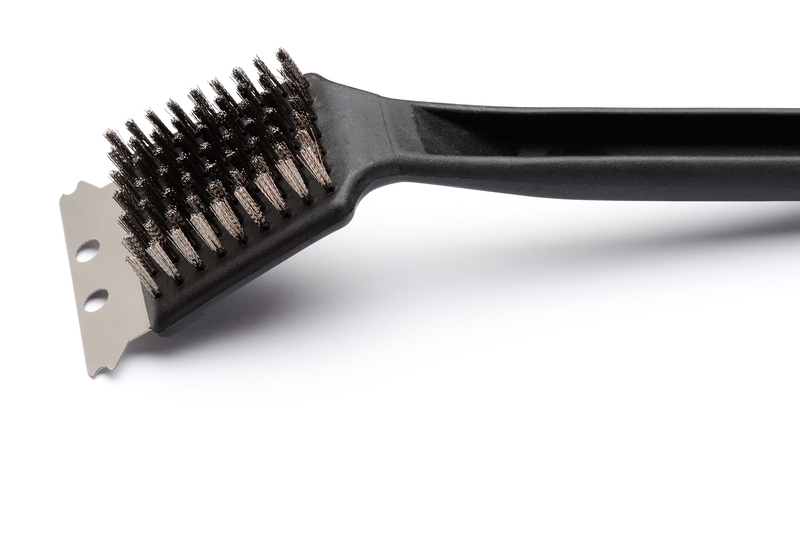
Frequently Asked Questions about Maintaining a Mold-Free Bathroom
1. How often should I clean my bathroom to prevent mold?
Clean your bathroom thoroughly at least once a week. For high-traffic households, twice a week may be necessary, focusing on wet areas and grout.
2. Can I use essential oils to prevent bathroom mold?
Yes! Tea tree, eucalyptus, and lavender oils have natural antifungal properties. Add a few drops to vinegar or a homemade cleaner, but remember: natural remedies are preventive measures, not heavy-duty solutions.
3. Is it necessary to replace all caulk and grout with mold stains?
If stains persist after cleaning, or the material is soft and crumbling, replace it immediately. This blocks mold from spreading below the surface.
4. Why does mold return even after cleaning?
Recurrent mold hints at unseen moisture sources--hidden leaks, insufficient ventilation, or unsealed grout. Invest in a home humidity monitor, and consider a professional assessment.
Conclusion: Make Your Bathroom a Mold-Free Sanctuary
Mastering the art of maintaining a mold-free bathroom is a continuous journey. With regular maintenance, smart upgrades, and a few simple habits, you'll prevent mold from ever gaining a foothold. Remember: humidity is the enemy; proper ventilation, swift repairs, and mindful cleaning are your best tools. Start today--breathe easy tomorrow!
For more home health tips and bathroom maintenance guides, bookmark this article and share it with friends who want to keep their bathrooms pristine and mold-free!








